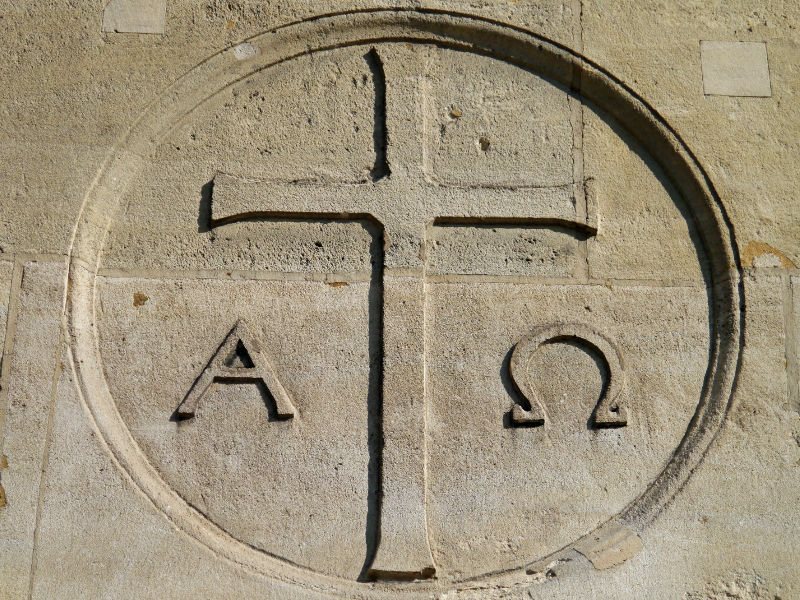Sins of various degrees
Euler's formula where , is an interesting formula because we can use it express various types of sins in our complex world, and it says that sins of various degrees are ultimately imaginary.
Here is the proof. First we suppose , since we must have and if we start with , the following is true:
Since , adding to gives:
We can now test the formula with specific values of . For , we have the following special sins. Usually only are covered in the classroom and you can therefore be forgiven for your sin of not knowing the last two sins. But the last two sins are very useful because they can be used to construct a value for the sin of trinity, : In fact, the sin of trinity is the penultimate sin which the Greeks were able to build in radicals. Although the Greeks know from the triple-angle formula that the sin of unity, is related to by the following equation: they were not able to handle the power of three and therefore could not go one step further to reduce the sin of trinity to the ultimate sin of unity. Therefore Ptolemy had no choice but to reluctantly live his entire mathematical career with the following inequality: where . In 15th century AD, the Persian mathematician Jamshid al-Kashi was able to obtain approximate values for with astronomical precision (16 decimal places) by employing the following numerical iteration since and .
The secret of the power of three, and therefore the radical expression for the sin of unity, was partially unlocked only a century later by Italian mathematicians (del Ferro, Tartaglia, Cardan, etc): I believe this is the best radical expression which one can write down for . Alternatively, you can keep your sin in its imaginary form: I know these sin expressions do not look pretty, for this, please accept my apology.
My son died for your sins and I'll never forgive you bastards for that.
— God (@TheTweetOfGod) April 10, 2020
Finally, as a takeaway exercise, please see if you can show that one-third of the product of all the integer sins in the first cartesian quadrant can be written as: where is the 8th Leyland number.






Comments